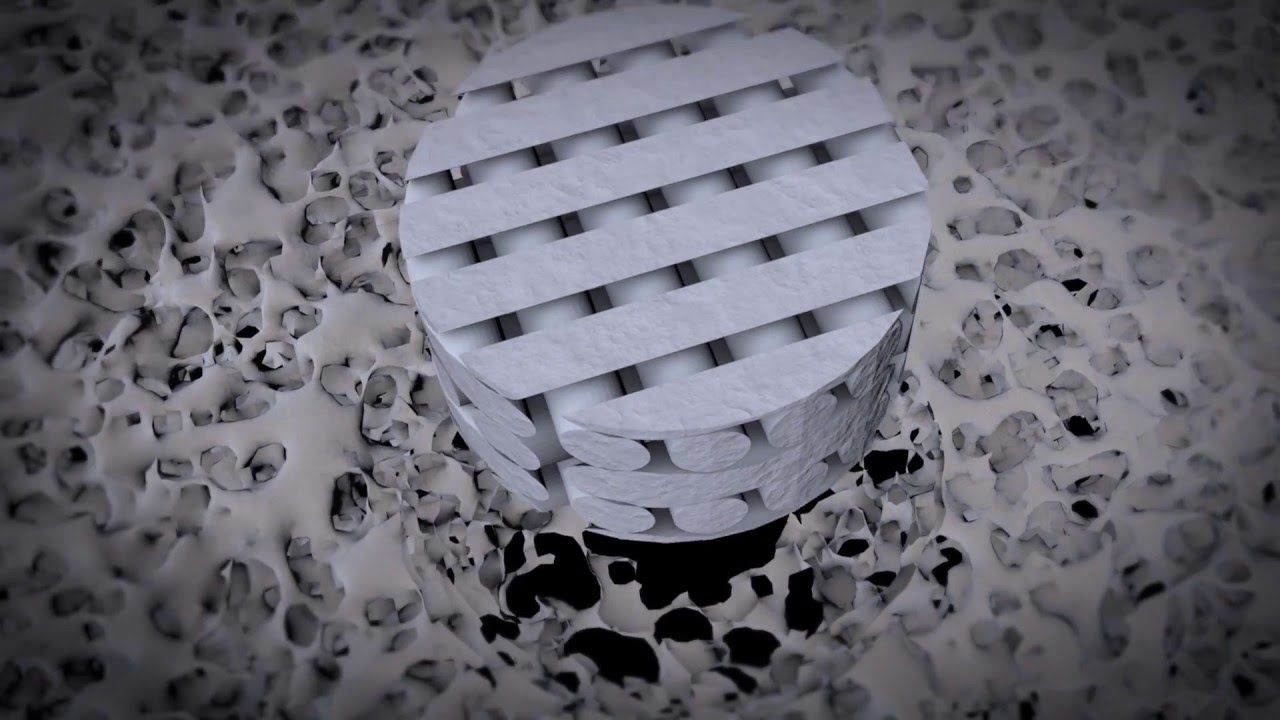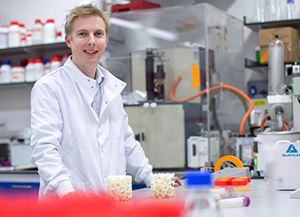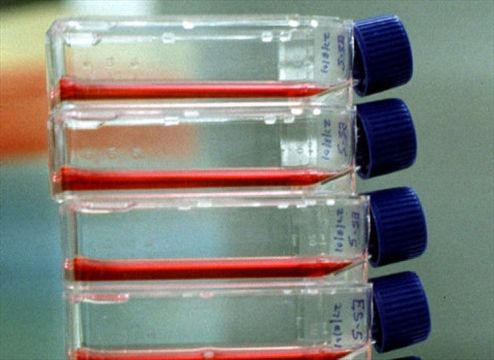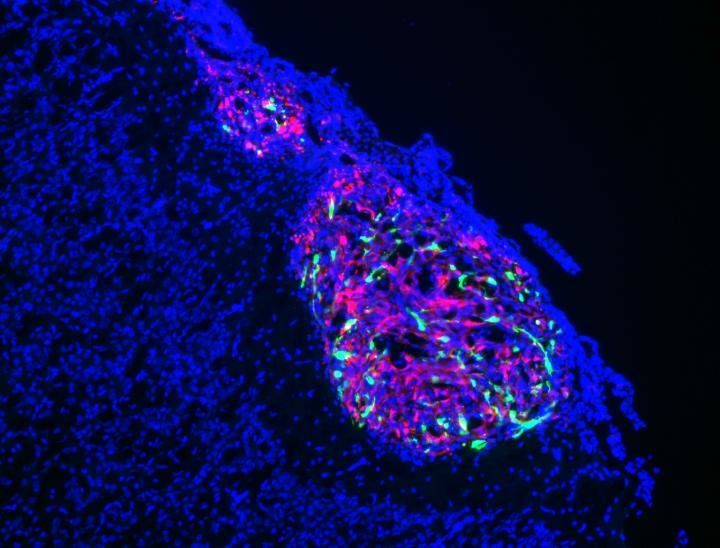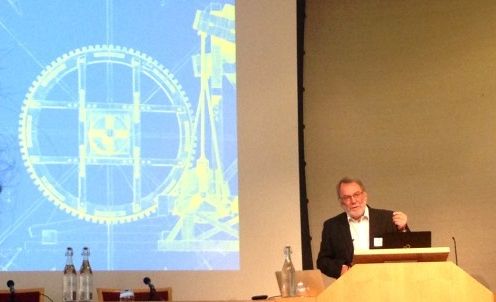May 13, 2016
Half the Web’s traffic comes from bots, and that’s costing you more than you think
Posted by Karen Hurst in categories: cybercrime/malcode, robotics/AI
In the US we have an old saying “fight fire with fire” and in this case “fight bots with bot/s” It should be noted, having a bot or any type of AI on your network is not necessarily going to prevent 100% of the hacking and Cyber threats today due to the weak connected infrastructure across the net, etc. However, to counter attack the pesky bots that we’re seeing around online ads, click monitoring can be limited by AI.
Roughly half of all Web traffic comes from bots and crawlers, and that’s costing companies a boatload of money.
That’s one finding from a report released Thursday by DeviceAtlas, which makes software to help companies detect the devices being used by visitors to their websites.


